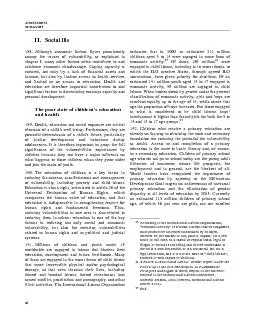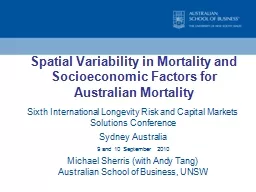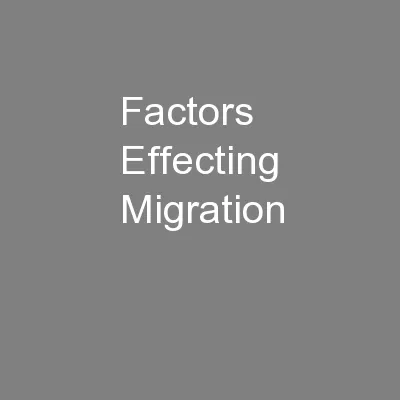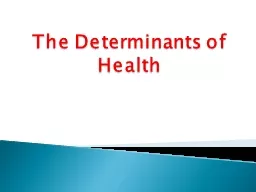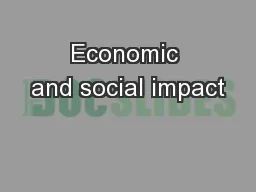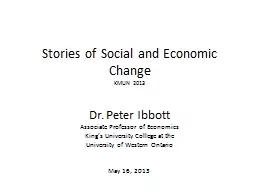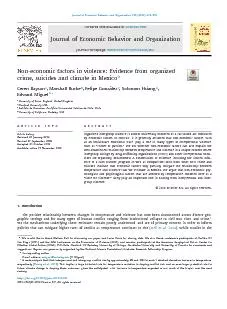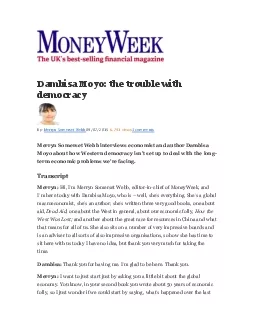PDF-II.Social ills138.Although economic factors figure prominentlyamong th
Author : cheryl-pisano | Published Date : 2015-08-11
A58153Rev1STESA284 A58153Rev1STESA284 Assessing vulnerabilities youth illiteracy The lack of access to education constitutes one of the majordimensions of poverty
Presentation Embed Code
Download Presentation
Download Presentation The PPT/PDF document "II.Social ills138.Although economic fact..." is the property of its rightful owner. Permission is granted to download and print the materials on this website for personal, non-commercial use only, and to display it on your personal computer provided you do not modify the materials and that you retain all copyright notices contained in the materials. By downloading content from our website, you accept the terms of this agreement.
II.Social ills138.Although economic factors figure prominentlyamong th: Transcript
Download Rules Of Document
"II.Social ills138.Although economic factors figure prominentlyamong th"The content belongs to its owner. You may download and print it for personal use, without modification, and keep all copyright notices. By downloading, you agree to these terms.
Related Documents

